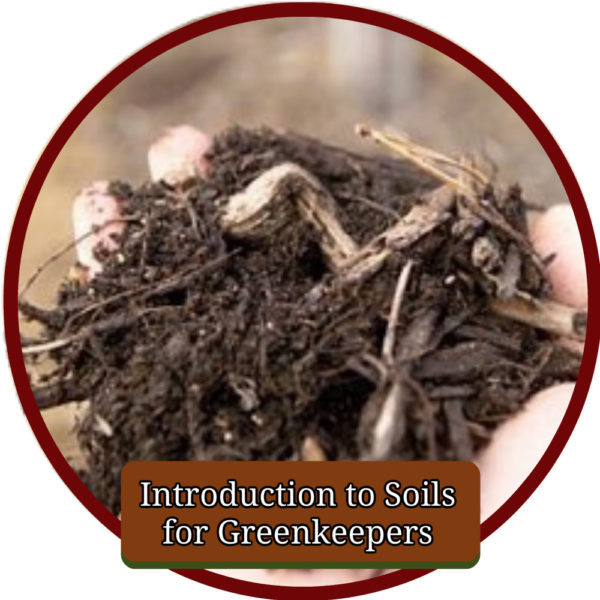Moving on in our crash course in bowling green ecology, we can’t fully understand the stresses and competition that exist below our feet until we appreciate the range of factors that contribute to, or play a part in the everyday life of our grass plants. There are 2 main groupings of factors that affect our turf’s chances of success called Biotic and Abiotic Factors.
Biotic Factors – this describes the living components of the bowling green ecosystem and includes fungi, animals and plants, including our bowling green grasses. These organisms may co-exist with no interaction, form mutually beneficial relationships known as symbioses, or indeed become pathogenic and cause damage to our grass plants.
Abiotic Factors – these are the non-living components such as the climate, soil fractions (the mineral component of soil such as sands, silt and clay), water and soil bound nutrients.
All of these factors affect the inhabitants of the eco-system to some degree. Maybe in a small way, like the minimal affect of fusarium on strong, healthy turf or more dramatically such as when there isn’t enough water available to plants due to drought.
Biotic factors in bowling green management.
These include:
- Fungi, which can be beneficial and/or pathogenic
- Insects,which can be beneficial and/or pathogenic
- Weeds
- Turf Disorders, such a Localised Dry Patch
- Bacteria
- Nematodes
- Humans
These all constantly and dynamically interact within the soil profile and as a result can influence the development of the turf and the species present.
Biotic and abiotic factors interact with each other. For example low oxygen levels in turf (abiotic) will affect the health of the turf roots directly when the soil becomes increasingly acidic making it harder for roots to extract nutrients from the soil, and indirectly by reducing the population of beneficial bacteria (biotic factors) which play a role in breaking down organic material to release nutrition.
Many of the processes occurring in the Nitrogen cycle are due to biotic activity. This biotic activity relies on the abiotic environment to operate effectively, for example soil temperature and oxygen levels, being sufficient to allow Nitrogen release to continue unhindered at a rate that is beneficial to the turf.
Abiotic factors in bowling green management.
These include:
- The Soil Fractions: sand, silt and clay
- Water quality and quantities available
- Climate: temperature, light levels, day length, rainfall, humidity
Common Abiotic stresses of turf include frost damage, wind damage, heat and drought damage, freezing, compaction, flooding, salt injury and fertiliser scorch.
Next time we will look a bit closer at the stresses our turf has to deal with and the coping mechanisms it has developed to help it deal with these.


